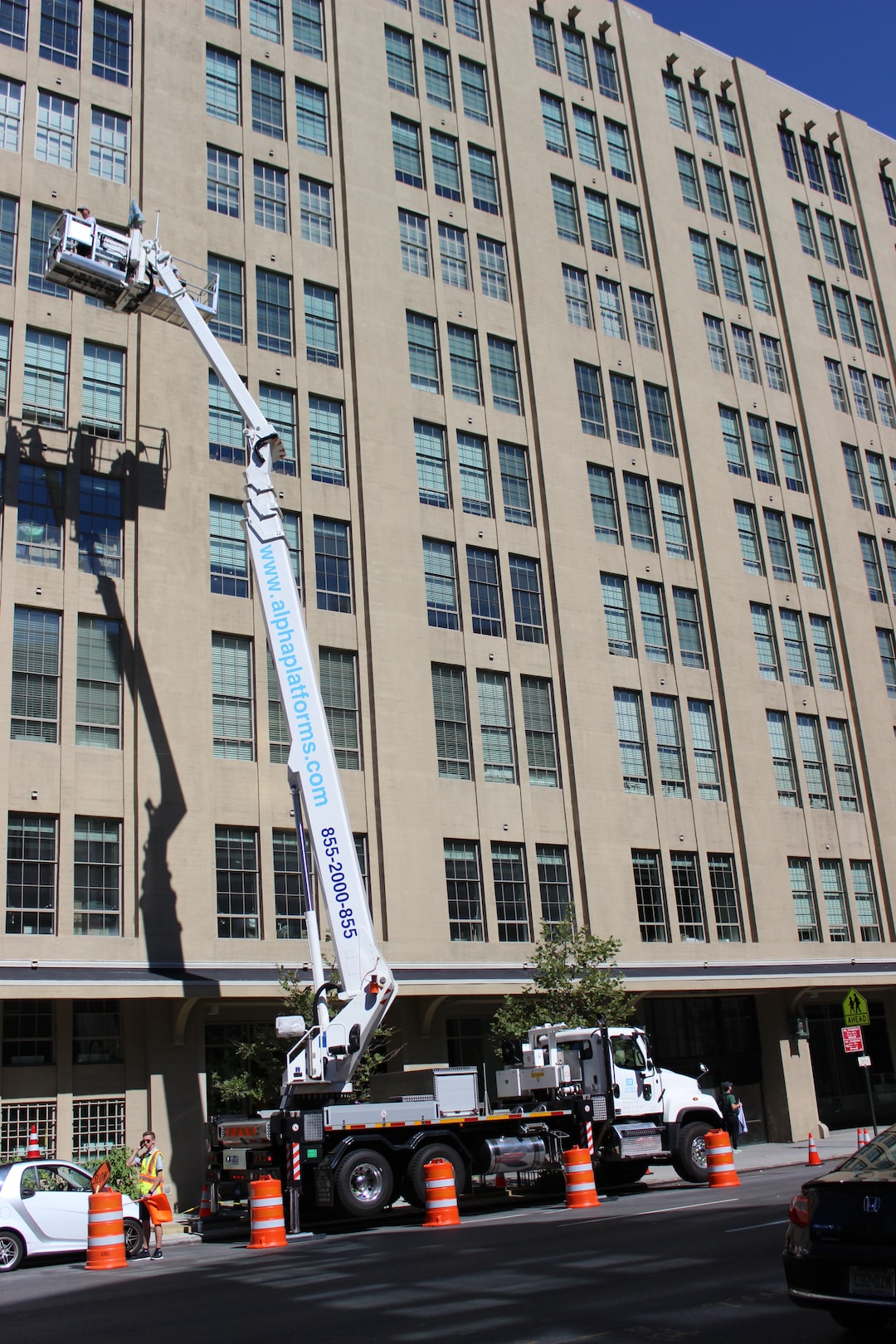A Beginner’s Guide to Energy Monitoring and Analysis
In today’s world, there is an increasing emphasis on energy efficiency and sustainability. As individuals and businesses alike strive to reduce their environmental impact, one important tool that can be utilized is energy monitoring and analysis. By implementing energy monitoring systems, we can gain insight into our energy consumption patterns and make informed decisions to optimize energy usage. This article serves as a beginner’s guide to understanding the basic concepts behind energy monitoring and analysis.
Energy monitoring involves tracking and measuring the energy usage of a building or a specific piece of equipment. The primary goal is to identify areas of high energy consumption, pinpoint inefficiencies, and devise strategies for improvement. Energy monitoring systems generally consist of hardware devices and software platforms that collect and analyze data from various sources.
To begin with, it is important to install energy monitoring equipment. This can include smart meters, which measure electricity consumption in real-time, or submeters that track energy usage in specific areas or equipment. These devices are connected to a central data collection system, allowing for data to be accurately logged and stored for analysis.
Once the energy monitoring system is in place, the next step is data analysis. Energy data can be overwhelming, and proper analysis is crucial to gain meaningful insights. Energy management software platforms provide tools to visualize, interpret, and analyze the data. These platforms often use advanced algorithms to identify energy usage patterns, compare current consumption to historical data, and even predict future usage. This allows users to make informed decisions and implement energy-saving measures effectively.
One of the key benefits of energy monitoring and analysis is identifying energy-saving opportunities. By understanding how energy is being used, users can pinpoint areas of inefficiency and implement strategies to reduce consumption. For example, if a building is using excess energy during non-peak hours, adjustments can be made to schedule activities during off-peak times. By optimizing energy usage, not only are costs reduced, but environmental impact is also minimized.
Furthermore, energy monitoring systems enable users to track the effectiveness of energy-saving initiatives. By comparing energy data before and after implementation, one can determine if the measures have been successful and adjust strategies accordingly. This real-time feedback loop allows for continuous improvement and helps create a culture of energy efficiency.
In conclusion, energy monitoring and analysis play a vital role in achieving energy efficiency goals. By installing monitoring equipment and utilizing data analysis software, individuals and businesses can gain valuable insights into their energy consumption patterns. This knowledge allows for informed decision-making and the implementation of effective energy-saving strategies. Furthermore, energy monitoring provides a means to track the success of these initiatives and make necessary adjustments. With increased emphasis on sustainability, energy monitoring and analysis are becoming essential tools in creating a greener future.
[Keywords: konfektion dämmstoffe]
************
Want to get more details?
TAL Systemtechnik GmbH
https://www.tal-systemtechnik.de/
+49 7731 68405
Byk-Gulden-Straße 36, 78224 Singen
TAL Systemtechnik GmbH – Wir produzieren und liefern Ihnen konfektionierte Dämmstoffe nach Maß, Akustische Dämmung zur Schallisolierung, den TL flexibler Abgasschlauch hitzebeständig und diverse Schallschutzvorhänge für die Industrie.
